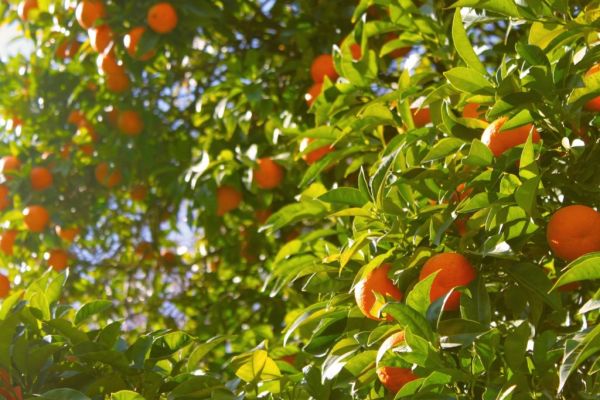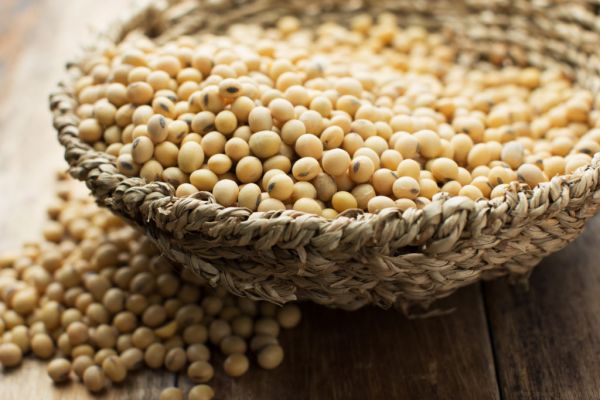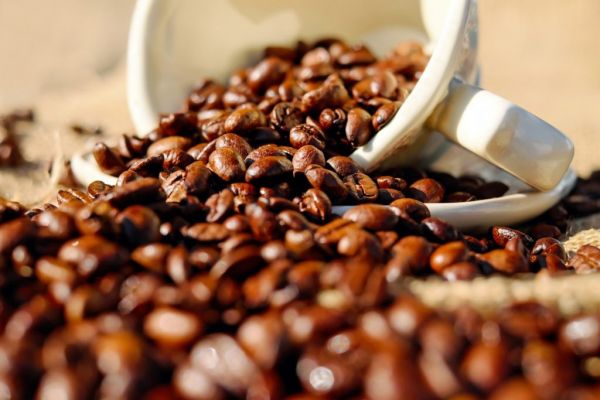A combination of too much rain and a disease-spreading bug is making the breakfast favorite orange juice a lot more expensive.
Futures for the beverage surged to the highest in more than four years as the world’s top suppliers face shrinking output. In Brazil, the No. 1 producer, excessive rain is raising the threat of fungal disease that can cut crop output, according to Cepea, the University of Sao Paulo research arm. In second-ranked Florida, a tiny insect is wreaking havoc on production by spreading the citrus-greening disease.
Orange juice traded in New York has surged 59 percent in the past 12 months because of declining supplies. The Brazilian rain is coming just as the country’s stockpiles have fallen to the lowest on record. Florida’s production in the year starting Oct. 1 may drop as much as 26 percent from a year earlier, Christine Lensing, a senior economist for specialty crops at CoBank in Denver, said Thursday in a telephone interview.
“Prices have no where to go but up,” John Ortelle, a vice president at McKeany-Flavell Co., a brokerage in Oakland, California, said in a telephone interview. Supply concerns are overshadowing ebbing demand as ‘it costs more to produce fruit because of the problems we are having,” he said.
Orange juice for November delivery jumped as much as 2.1 percent to $1.9985 a pound on ICE Futures U.S., the highest for a most-active contract since February 2012. The contract settled up 0.9 percent at $1.9745 at 2 p.m. The surge will probably raise costs for companies including PepsiCo. Inc., which sells Tropicana juices, and Coca-Cola Co., which sells Simply Orange and Minute Maid brands.
Severe weather during the Atlantic hurricane season that runs through Nov. 30. may further reduce supplies in Florida. Global production of the beverage is already set to slump to the lowest in decades, according to the U.S. Department of Agriculture. Reduced output has boosted retail costs, which in turn has hurt consumption.
“The $2 level remains a psychological barrier for the market, but certainly a weather scare could cause this to be pierced fairly quickly,” Judy Ganes-Chase, the president of J. Ganes Consulting in Panama City, Panama, said in report.
News by Bloomberg, edited by ESM. To subscribe to ESM: The European Supermarket Magazine, click here.














